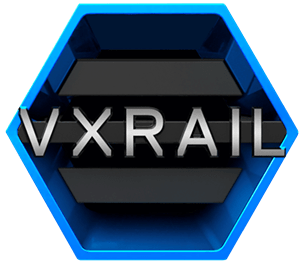Dell VxRail / vSphere 8.0.310 Update – Advisory Report identified issues with BOSS Device

In a VxRail 8.0.300 deployment, I wanted to upgrade the appliance to the latest 8.0.310 after the initial cluster deployment, but I was confronted with a very strange phenomenon in the advisory report.
Important details:
- the VxRail nodes are based on AMD
- the nodes have been updated with the RASR process to 8.0.300
- the cluster was deployed in LCM (legacy) not vLCM mode
Normally, all components of a VxRail node are updated with the RASR or Update image to the version provided by the Image, e.g. 8.0.300. This time, however, I was confronted with an anomaly. In this blog post, I would like to show you how I solved the problem.
So, the advisory report from the VxRail cluster shows that the update will not run successfully, if you dont fix the issues.

If you open the report, you will see, among other things, that the approx. Installation Time is set to “– -“, i.e. the appliance cannot yet estimate whether and for how long the update will run.

This vSAN Cluster has 6 Nodes and you can see 6 components under “not ready for update”. I have opened one of the VxRail nodes as an example and you can see that a certain component is the Dell BOSS device also known as Micron M.2 or similar, which prevents us from the Update. (Sorry for the blur under Component)

So what now? It is expressly forbidden to update individual components of a VxRail appliance, this process must be carried out via the VxRail Manager in combination with the vCenter…
Lets contact the support, who suggested manually updating the BOSS device, in our case it was the firmware:
Serial-ATA_Firmware_KT63Y_WN64_J008_A00.EXE
Important before you install individual firmware/driver packages in a VxRail cluster: be sure to get the go-ahead from Dell Support and do not act on your own!
Upload the firmware file as usual from classic PowerEdge servers (without OpenManage Enterprise) in iDRAC and say – “Install on next Reboot”.

Then take a look at the Job Queue to see the message: “Task successfully scheduled”.

To install the firmware package, put the node into maintenance mode and restart it.

After all nodes have installed and restarted their firmware packages, we go back to the update section and pull a new advisory report.

This time we have an orange warning window, so let’s take a look before we start the update, of course:

The individual components of the nodes are in an optimally state after the firmware installation.

The cluster including nodes and the vCenter are doing well, but the VxRail Manager has something to report. Since it is an external vCenter, you get a warning with a suitable KB article to avoid possible version mismatches.


I have attached a screenshot of the KB article here. It is important to know that the vCenter must always be on the same or a newer version as the VxRail. This should be checked before every update to avoid failures.

So we return to the vCenter and first check whether the individual nodes are in a “healthy” state.

Then we start the update process and lean back.

That’s it, the VxRail Cluster is up to date! If you have any questions, please use the comment section. 🙂

ackages in a VxRail cluster: be sure et the go-ahead from Dell Support and do not act on your own